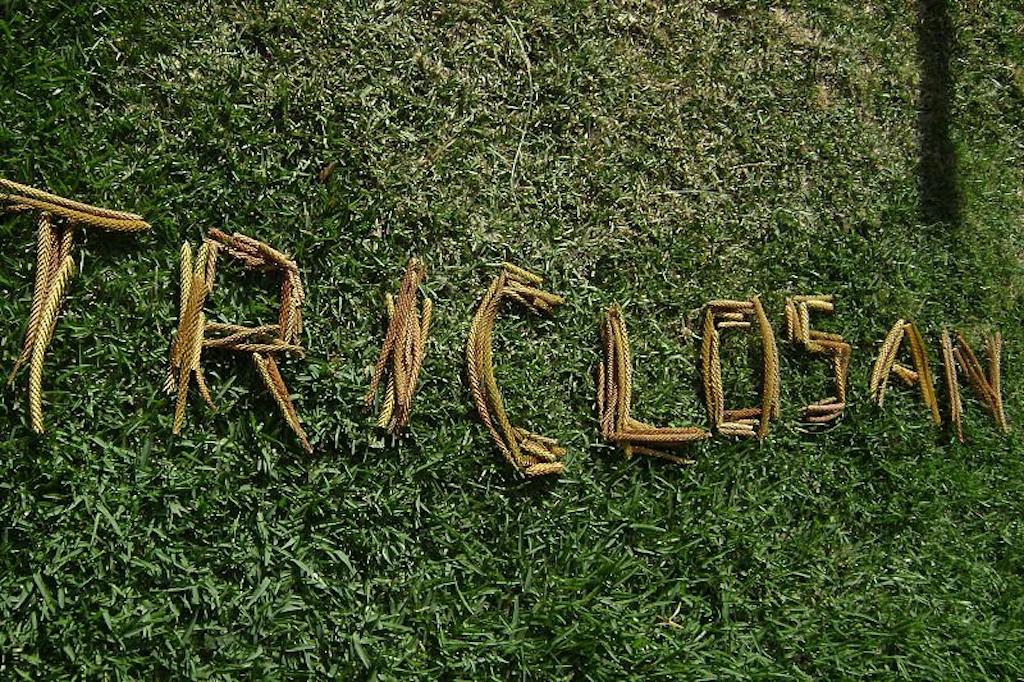2 Mins Read
What Is It and Why Is It Used?
Triclosan is a phenol chemical derived from chlorine. Most commonly used in consumer products as an antibacterial agent, triclosan is a regulated pesticide. Manufacturers add it to everything to prevent bacterial contamination in their products.
What Is It Used In?
Most commonly used in liquid hand washes antibacterial chemicals, it is used in detergents, dishwashing fluids, soaps, deodorants, cosmetics, lotions, creams, and even toothpaste. Also found in fabrics, toys, swimming pools, industrial agriculture crops, cleaning supplies- the list goes on and on. Bottom line: it’s in everything.
What to Look Out For On An Ingredient Label
Here are some difficult to pronounce names that all mean the product in question contains triclosan:
- 5-chloro-(2, 4-dichlorophenoxy)phenol
- 2, 4, 4′-trichloro-2′-hydroxydiphenyl ether
- trichloro-2′-hydroxydiphenyl ether,
- CH-3565
- Microban® Additive B
- Irgasan® (DP 300 or PG 60)
- Biofresh®
- Lexol-300,
- Cloxifenolum
Why Is It Bad For You?
Obviously, nobody would consciously want to ingest a known pesticide in their body, and certainly not in personal care products. Triclosan is linked to the following health concerns:
- cancer
- hormone disruption
- thyroid disfunction
- liver toxicity
One of the big problems with triclosan is that it stays in our waterways and endangers wildlife and marine life (most especially to algae, fish and frogs), as well as making our soil toxic. It is present in so many products and foods that we are exposed to it in large quantities. As we just noted, it does not dissolve easily in water and is therefore likely to accumulate in our bodies, leaving our detoxifying liver overworked. Best to try and avoid it!
This is last post in our Toxic Beauty Series. Don’t miss our previous- we have covered Sulfates, Parabens, Phthalates, Propylene Glycol and Carmine. Stay informed about what you put in and on your body!
Photo credit: finishing-school via photopin cc.




